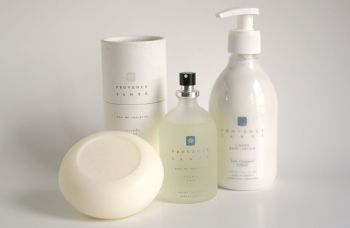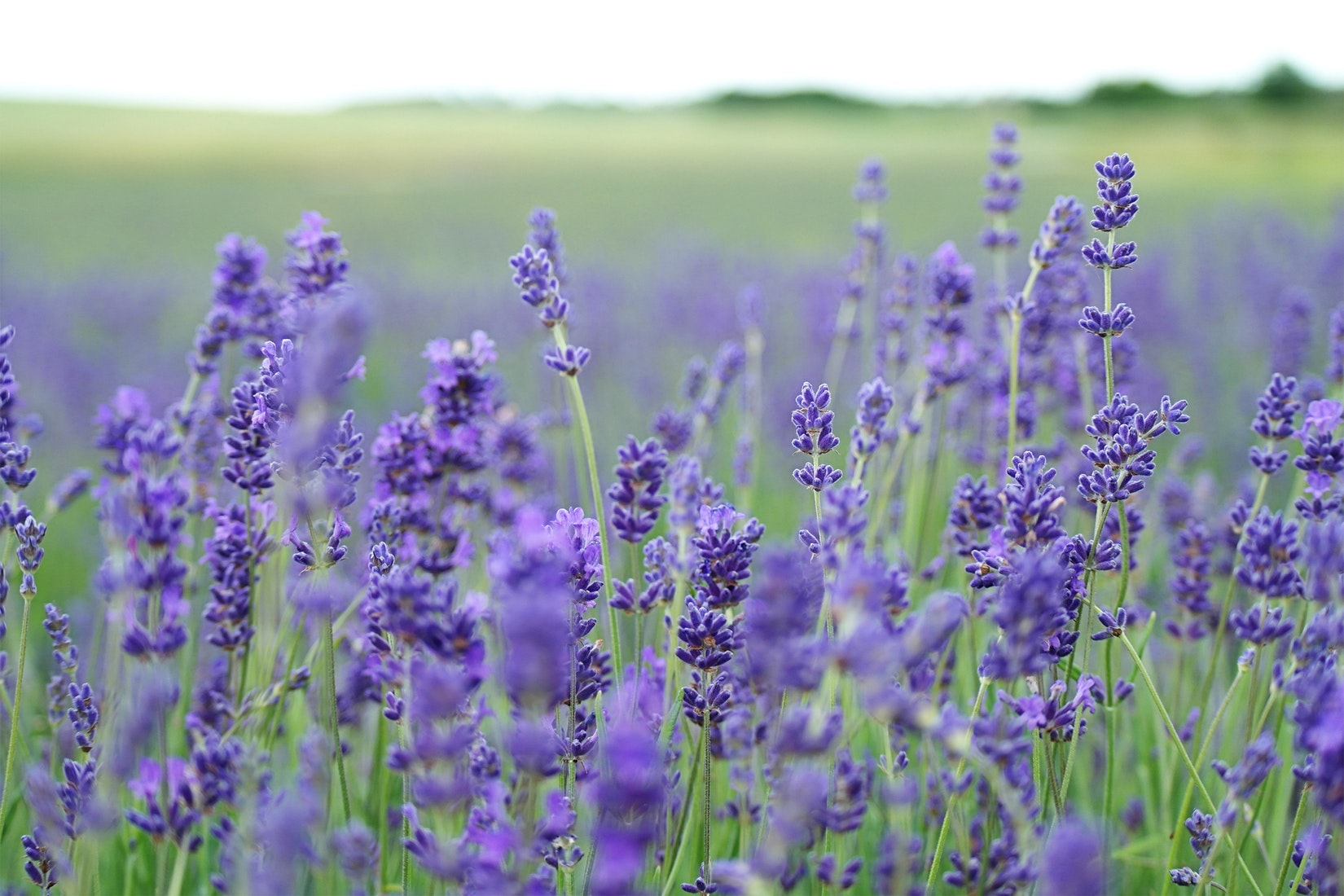
Linden is one of those intoxicating scents that just makes people sigh and smile (like lavender). People visiting our booth inhale the aroma of the soap or the eau de toilette and say, “It smells so light and clean!” But some have never heard of it. “Linen?” they ask. “No, Linden. It’s a tree,” we say. To which they reply, “Hmm... I’ve never heard of it!”
The scent, which comes from the flowers of the Linden tree, is lightly floral, similar to honeysuckle or jasmine, but with added hints of honey and lemon. The creamy white or pale yellow flowers hang in clusters and bloom in late May and June. There are about 30 species of lindens, and the power of the fragrance varies among the species. Lindens grow across the temperate regions of the Northern Hemisphere, and are often called lime trees in Britain and basswood in North America. The European lindens are especially fragrant, and the scent has long been prized by perfumers.
With enough space and time, lindens can grow very large – up to 130 feet tall – though they’re usually shorter than that. Several lindens in Europe and Eastern Europe are over 1,000 years old, and there is one in England that is over 2,000 years old. Their long history has intertwined them with the culture and folklore of many places, and particularly in Slavic and Germanic countries. Generally, they’re attractive, stately trees, so they’ve been a popular selection for parks and public spaces from Berlin to New York City. They even make a good street tree because they’re quite resistant to stress and pollution. In fact, there’s a littleleaf linden right in front of our Sunny Window studio!
All parts of the linden have been important to humans throughout history. The flowers produce pollen that makes a delicately flavored honey, the flowers and leaves are used for herbal teas and remedies, and the pale wood is used in carving – for everything from puppets to musical instruments. The bast (the fibrous inner bark) was fashioned into rope, course fabric, netting and mats (hence the name “basswood”).
Linden flowers have been used in herbalism for centuries. The natural antioxidants and volatile oils are useful for coughs and colds, fever, infections, inflammation, headaches, improved digestion, as a sedative, and more. Linden leaves are edible and some say the young leaves taste like butter lettuce! In Eastern Europe, you are likely to be offered linden tea if you have an upset stomach or are having trouble falling asleep.
Linden is sometimes called the honey-tree because it’s so attractive to pollinators. Over 60 species of insects are known to routinely visit its flowers. Though linden trees only bloom for about 2 weeks a year, they’re a major nectar source for bees, and beekeepers who time it right can gather the monofloral honey in great quantities.
There’s so much more to say about the remarkable linden, but perhaps smelling or tasting it yourself is all you really need. We have lots of excellent linden products for you to try, including Linden Eau de Toilette, Linden Big Bar, Bath Bar, and Liquid Soap, Linden Body Lotion and delicious Linden Tea. Enjoy!
